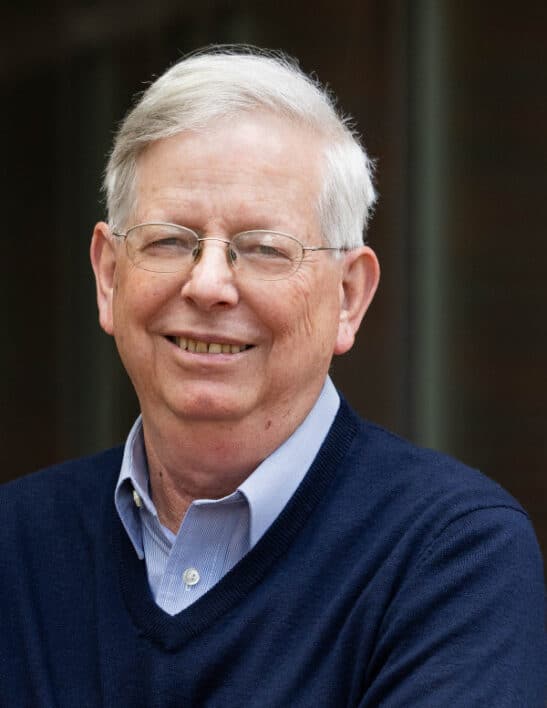One of the major energy efficiency strategies in the EU is a requirement that Member States establish energy efficiency obligation (EEO) schemes or alternative measures that would deliver a growing level of energy savings from measures delivered to end use energy customers. Sixteen Member States have adopted or plan to adopt such schemes, including six whose schemes predated the Energy Efficiency Directive and have longer-term results. At least two additional Member States are now considering EEO schemes, and the Commission is in the process of developing a revised Directive to take the schemes forward to at least 2030. In the US, similar obligations are called energy efficiency resource standards (EERS’s) and have been adopted in 26 states, even in the absence of a federal mandate. Some of these have been in place for many years and on average have reduced electricity use by more than 10 percent. In Australia, similar EEO policies have been adopted in three states plus the Australian Capital Territory. The New South Wales EEO scheme in Australia commenced in 2003 as part of a larger emissions trading scheme and was actually the first operational white certificate scheme in the world.
This paper summarizes and contrasts the different EEO schemes implemented across the EU, the US, and Australia, looking at structure, motivations, results, and lessons learned. We find that EEO schemes have been a generally successful policy in all three regions, saving a substantial amount of energy (more than 20 percent in a few cases), cost-effectively (e.g., at costs generally less than half those of supply-side resources). In addition, we examine a number of leading questions that decision-makers face when considering whether and how to create an efficiency obligation on energy suppliers or their substitutes and offer recommendations that states, nations, and the European Union should take into account when designing or improving energy saving obligations.



